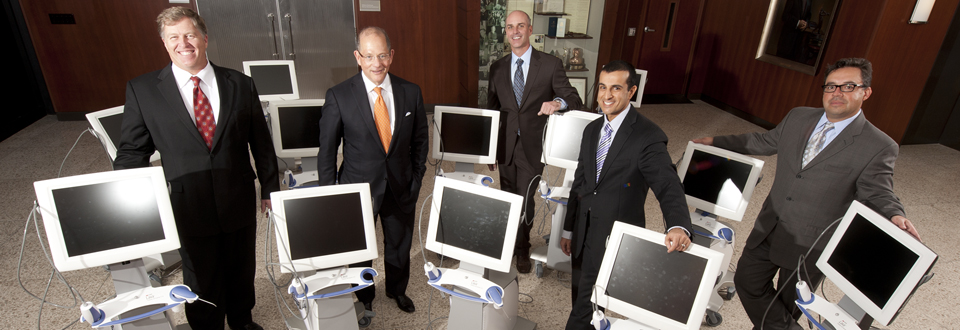
Sending Signals: The Dugoni community embraces technology to communicate with patients
Many dental professionals are turning to technological solutions to help manage their practices.

Many dental professionals are turning to technological solutions to help manage their practices.